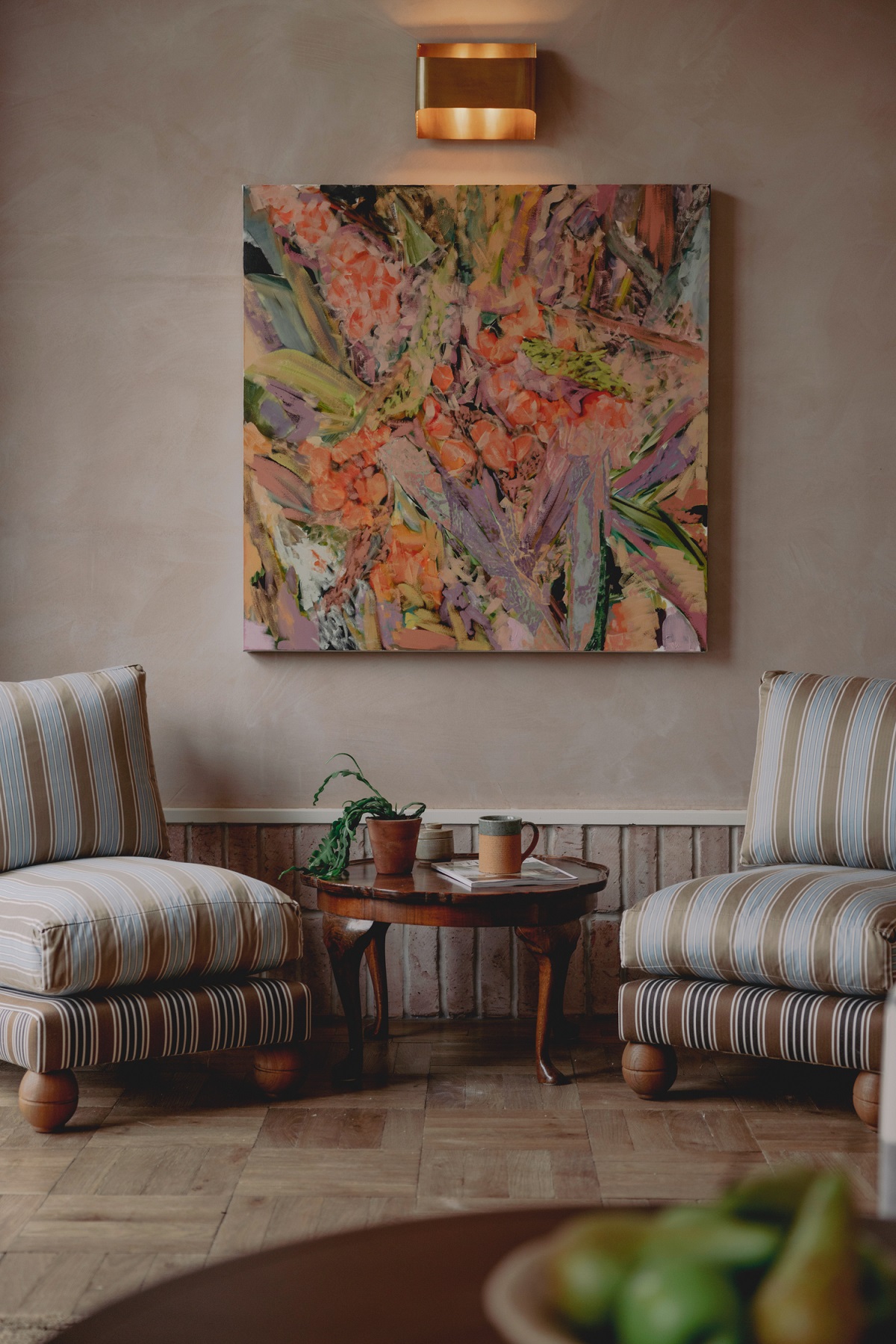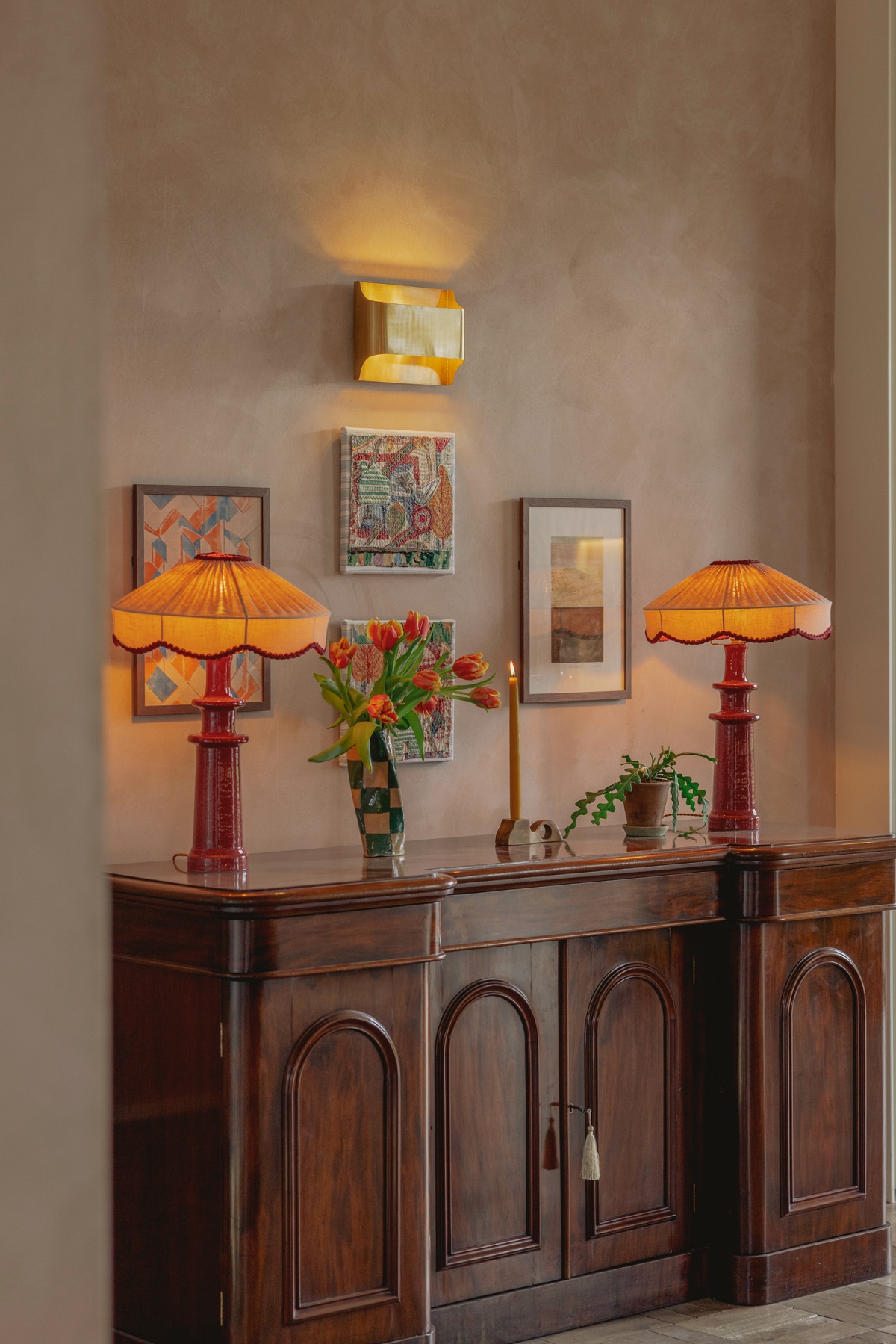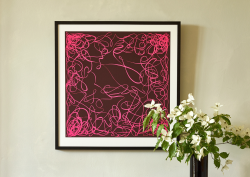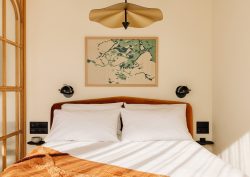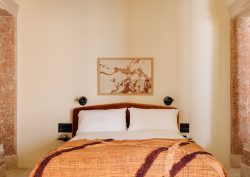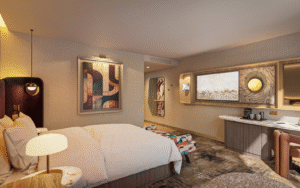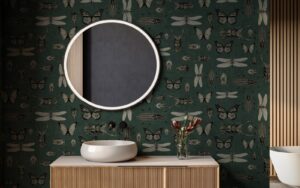Finding inspiration in the design history of the location, along with a more contemporary art narrative, Artiq developed an inspired curatorial strategy for LIMEKILN, the latest addition to the Dearborn Estate portfolio…

For hotels and hospitality venues looking to establish a point of difference, particularly in the age of Airbnb where competition to attract guests is fierce, telling a unique and powerful story is a crucial step in creating meaningful connections between people and places.
Someone who understands this well is Dearborn Estates, a collection of exceptional hospitality spaces. From Grade II-listed buildings to Victorian manor houses and modern barns, each place has its own character and soul. Their latest property, LIMEKILN, is no different.
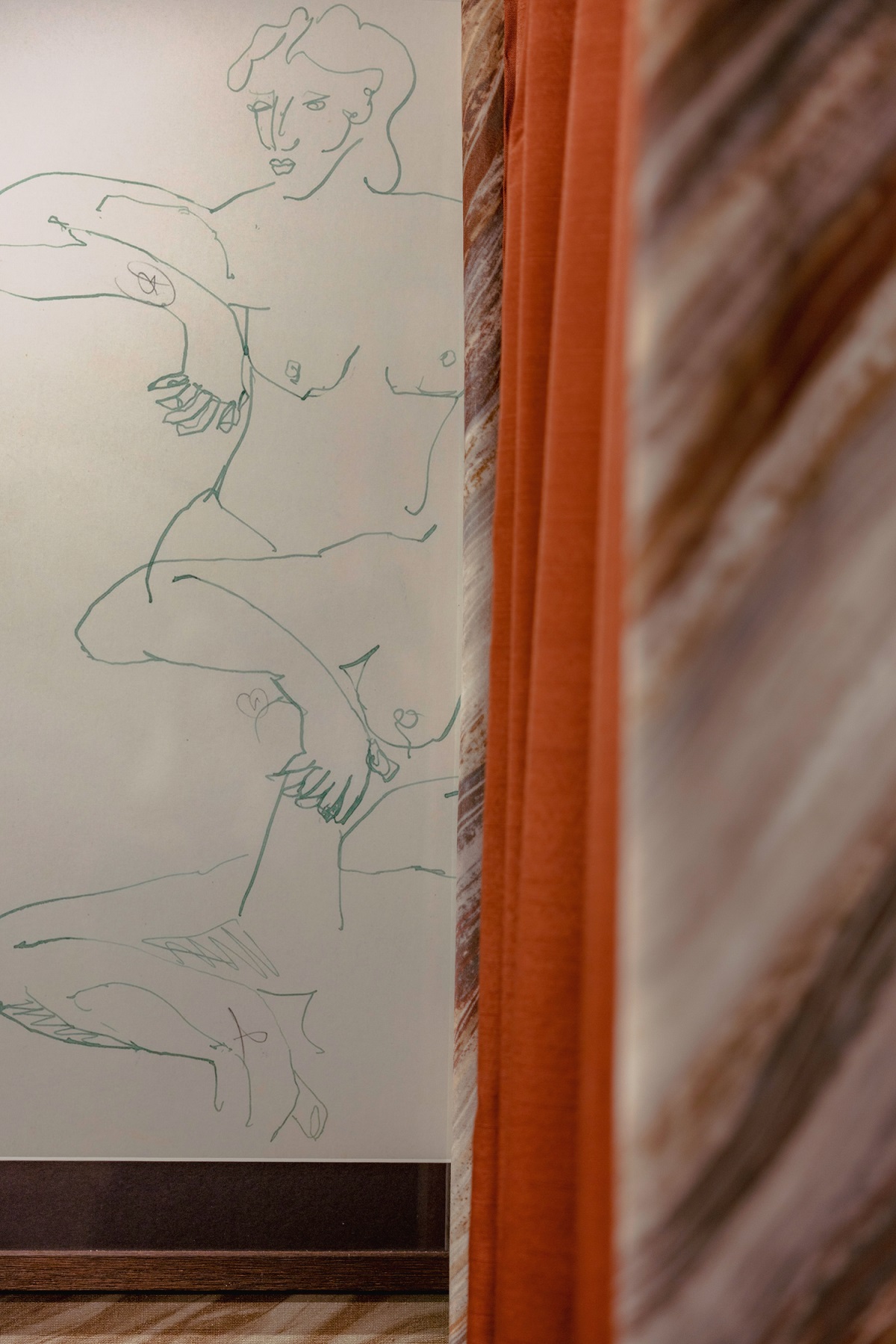
Image credit: Mariell Lind Hansen
Drawing inspiration from rural Sussex architecture for its exterior, the interior design, led by Red Deer, features warm, earthy colours reminiscent of artwork by the Bloomsbury group, who frequently gathered at nearby Charleston. . Supporting and maintaining local traditions and artistry is at the heart of Dearborn Estates’ artistic direction. Archival prints connected to the members of the Bloomsbury group sit alongside original works by contemporary local artists, weaving together narratives from the past with contemporary forms of expression. Outside, the location has been gradually re-naturalised with wildflowers and bees, reflected inside through works that use organic or foraged materials to create unique textures and shapes.
Arguably, one of the Bloomsbury Group’s most important contributions to the art world was its support of emerging artists. Today, LIMEKILN continues to build on this legacy. The art collection is rented, allowing it to change and grow over time, supporting a growing roster of artists and markers with a regular income.

Image caption:From left to right: archival image by textile designed by Roger Fry; Birdhouse collage 1 & 2 by Anne Kelly, mixed media textile on canvas; Soil Layers VI by Polly Bennett, collected pigments, home-made ink and honey on paper | Image credit:Artiq
From left to right: archival image by textile designed by Roger Fry; Birdhouse collage 1 & 2 by Anne Kelly, mixed media textile on canvas; Soil Layers VI by Polly Bennett, collected pigments, home-made ink and honey on paper.
One of the local artists exhibiting at LIMEKILN is Polly Bennet. Graduating from City & Guilds of London Art School in 2018, she is a member of the Wilderness Art Collective, a group of creatives whose work discusses the natural world. Polly is an environmental artist “portraying the land, with the land” through traditional craftsmanship, using locally sourced materials that guide her process. She is a natural pigment collector and maker, collected from around the Sussex and wider UK coasts. Two of her works are on display in the Kiln Bar, alongside the work of another local artist, Anne Kelly.

Image caption: Birdhouse collage 1 & 2 by Anne Kelly, mixed media textile on canvas | Image credit: Artiq
Originally from Canada, Anne is a textile-based mixed media artist, lecturer, and writer trained in Canada and the UK at Goldsmiths College. She is a member of the UK Embroiderers Guild and the European Textile Network and is known for her multi-layer textile works. The complexity of the layers in her collage works draws the viewer in, gradually built up using layers of different materials and locked together with stitches. Her practice fits into both traditional and contemporary genres; just like the Bloomsbury group creatives, it blurs the boundary between fine and decorative art.
For all spaces looking to host guests and create meaningful moments, the walls can be a platform for storytelling. Here, each rotation is an opportunity for new narratives to emerge that speak of the local heritage, spotlight the contemporary creative community in East Sussex, and reflect Dearborn Estates’ considered approach to hospitality and sustainability concerns. Opting for a rental model contributes to a circular economy by rotating existing artworks into new exhibitions. Plus, renting art from local artists minimises carbon emissions by avoiding global art shipping and transport.
LIMEKILN is an excellent example of how, when consciously planned, curated, and executed, brands investing in art collections can positively impact everybody—the brand, its guests, and the artists.
Artiq is one of our Recommended Suppliers and regularly features in our Supplier News section of the website. If you are interested in becoming one of our Recommended Suppliers, please email Katy Phillips.
Main image credit: Marielle Lind Hansen






